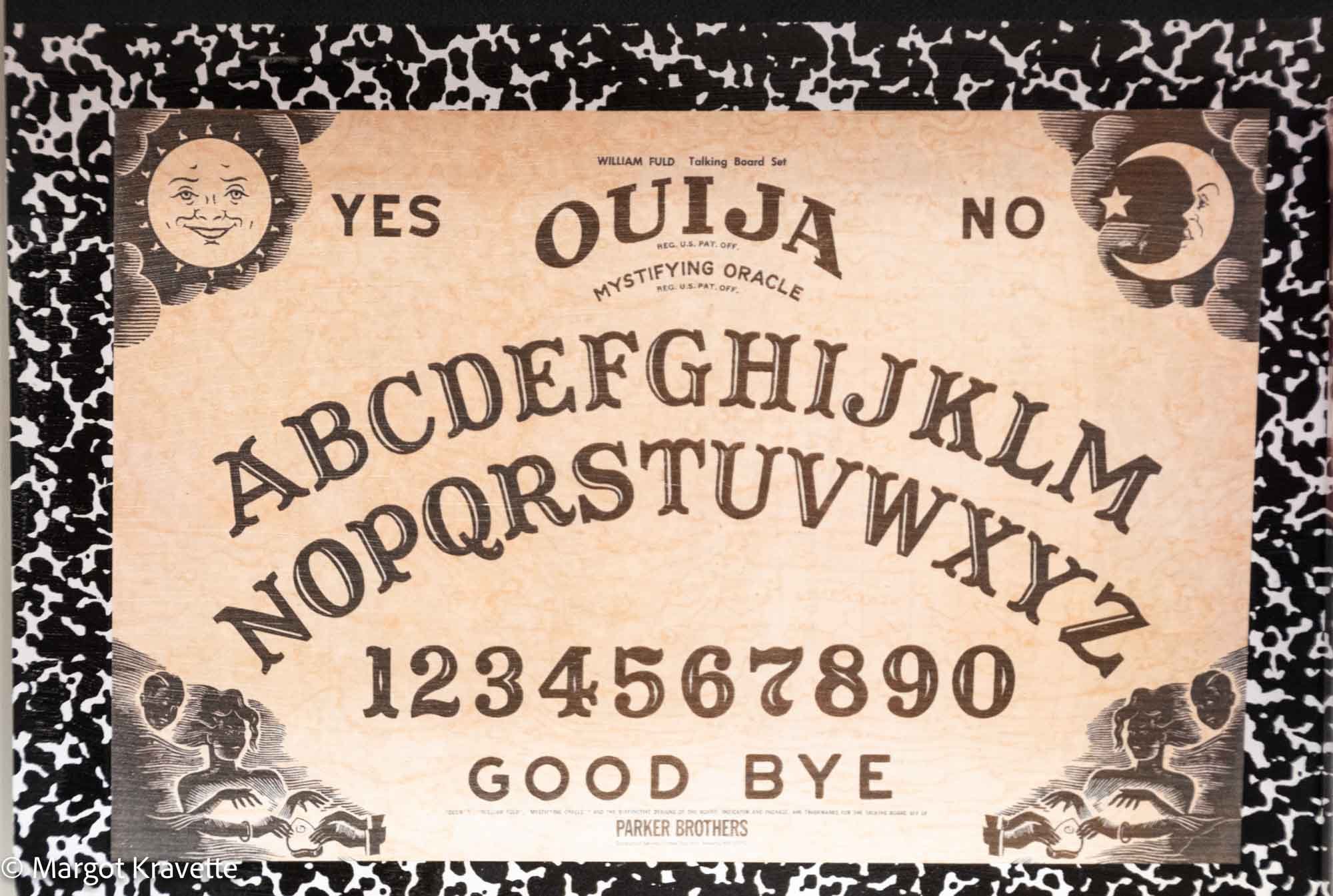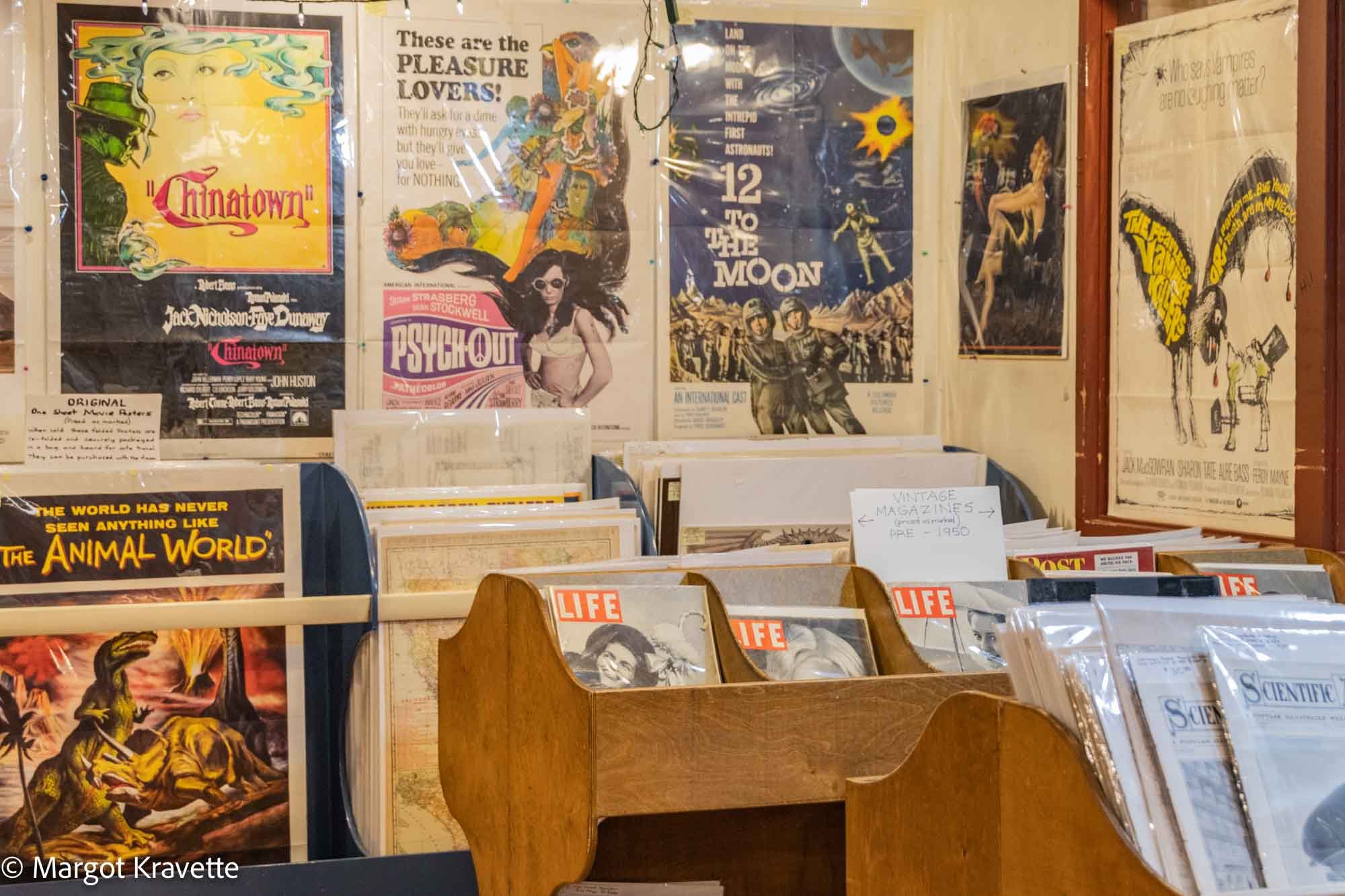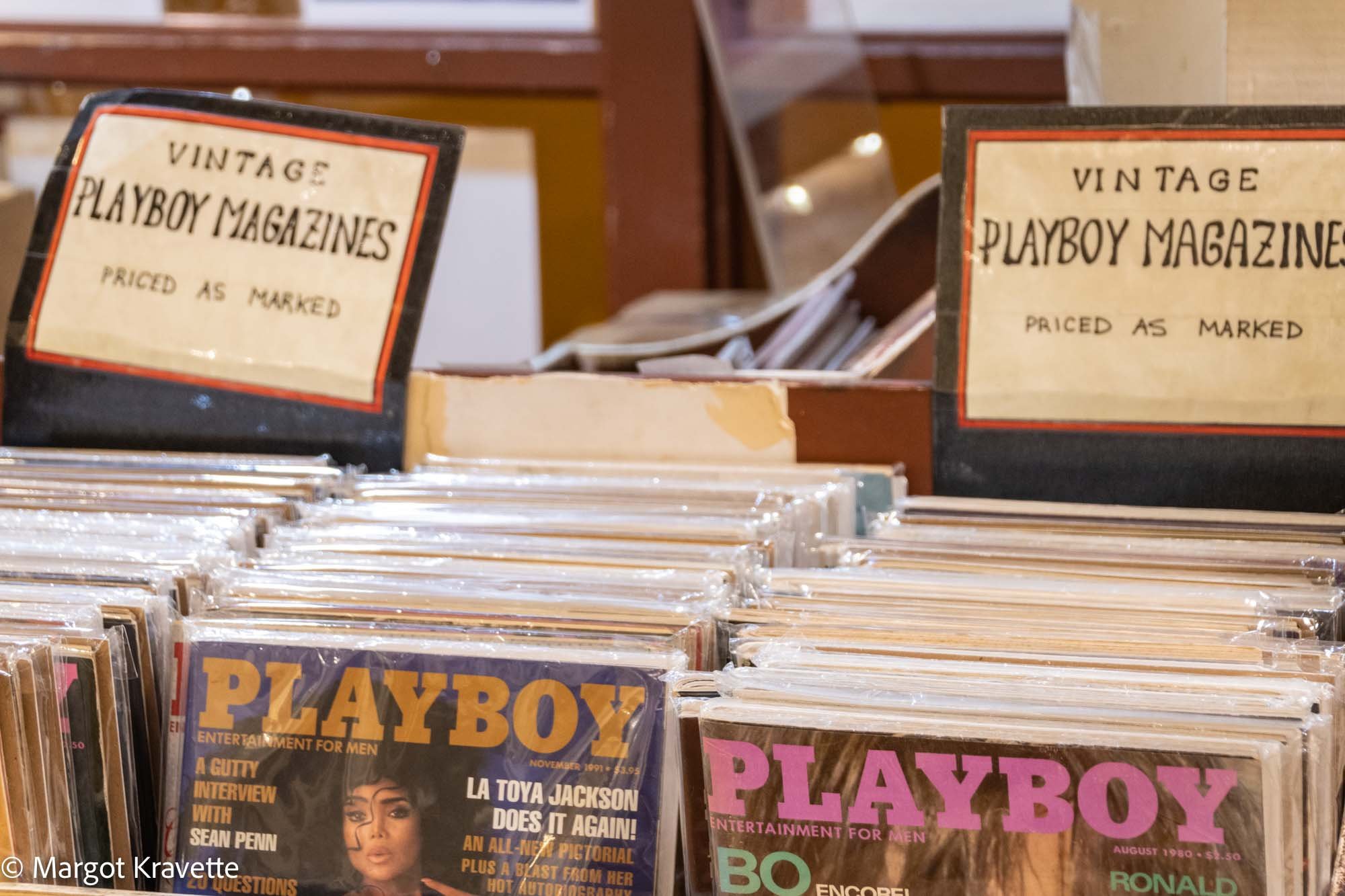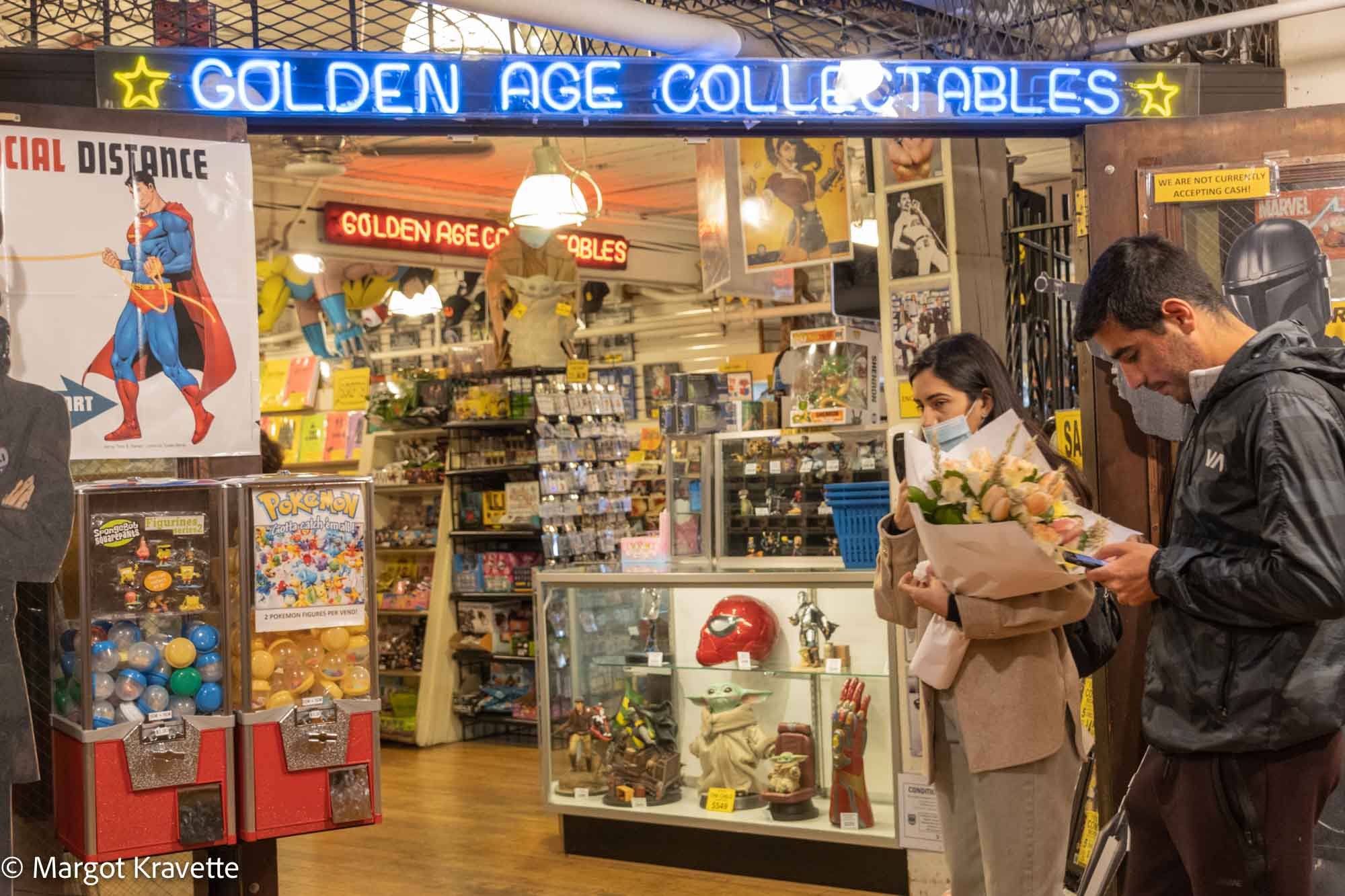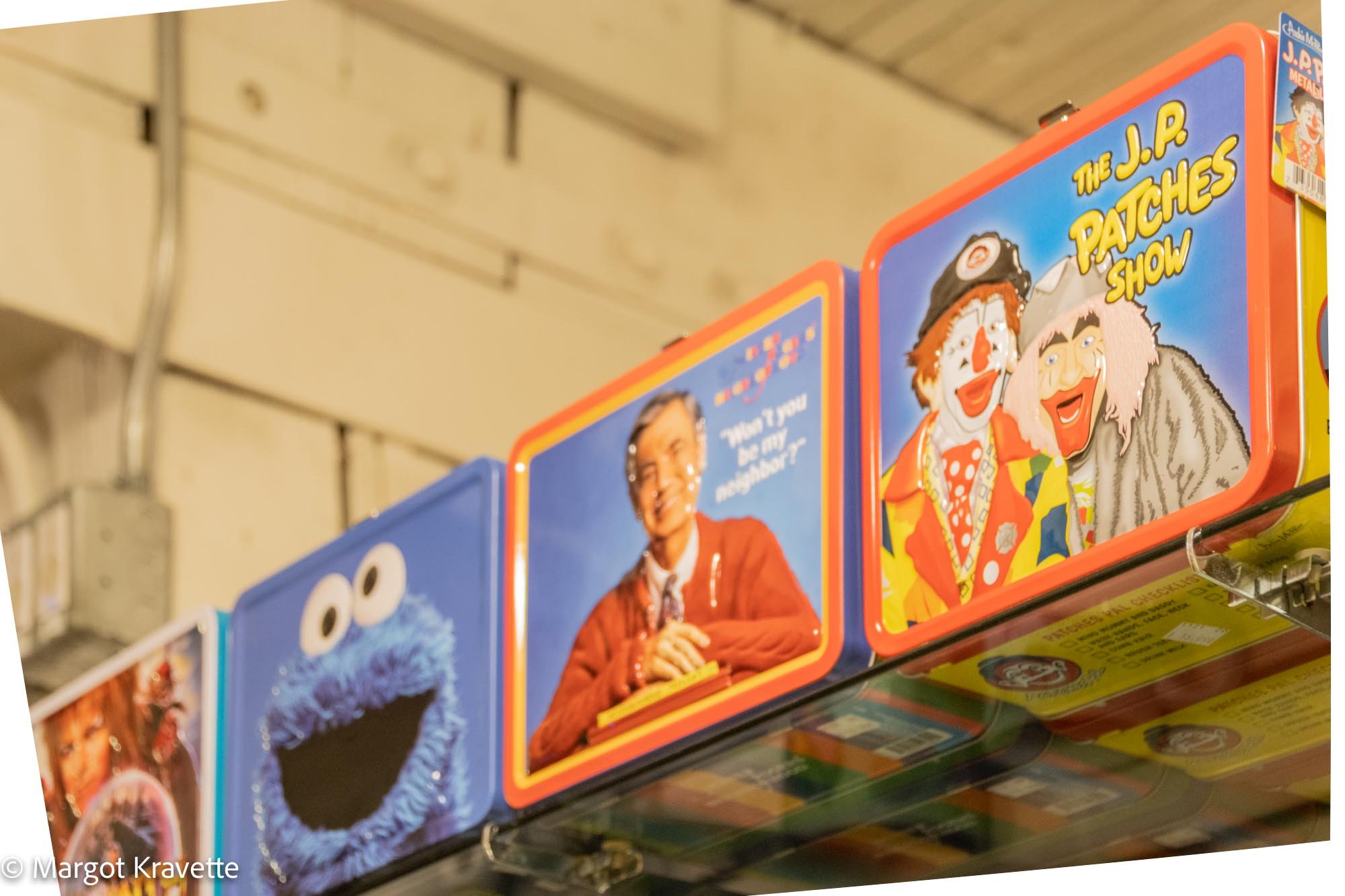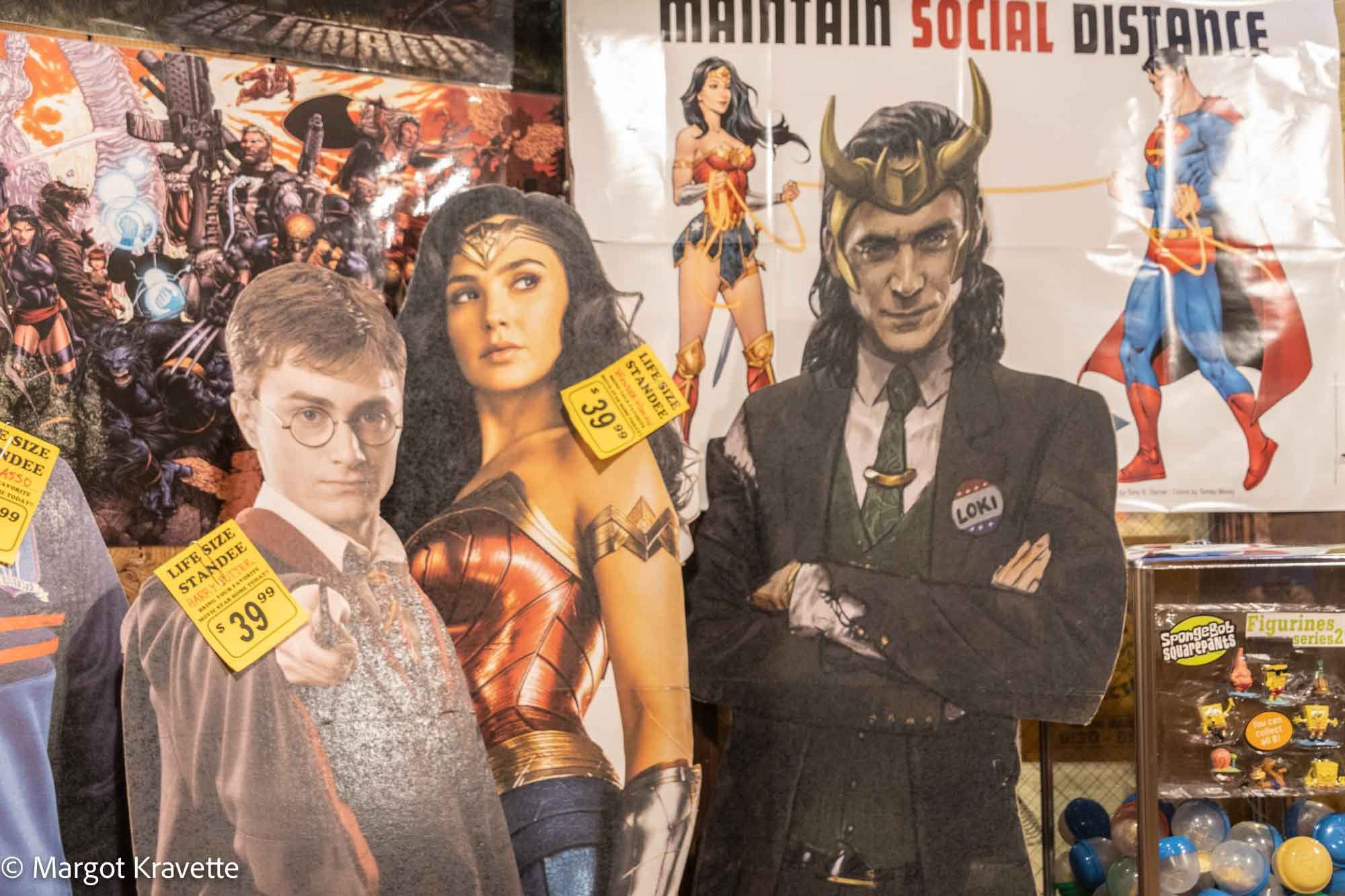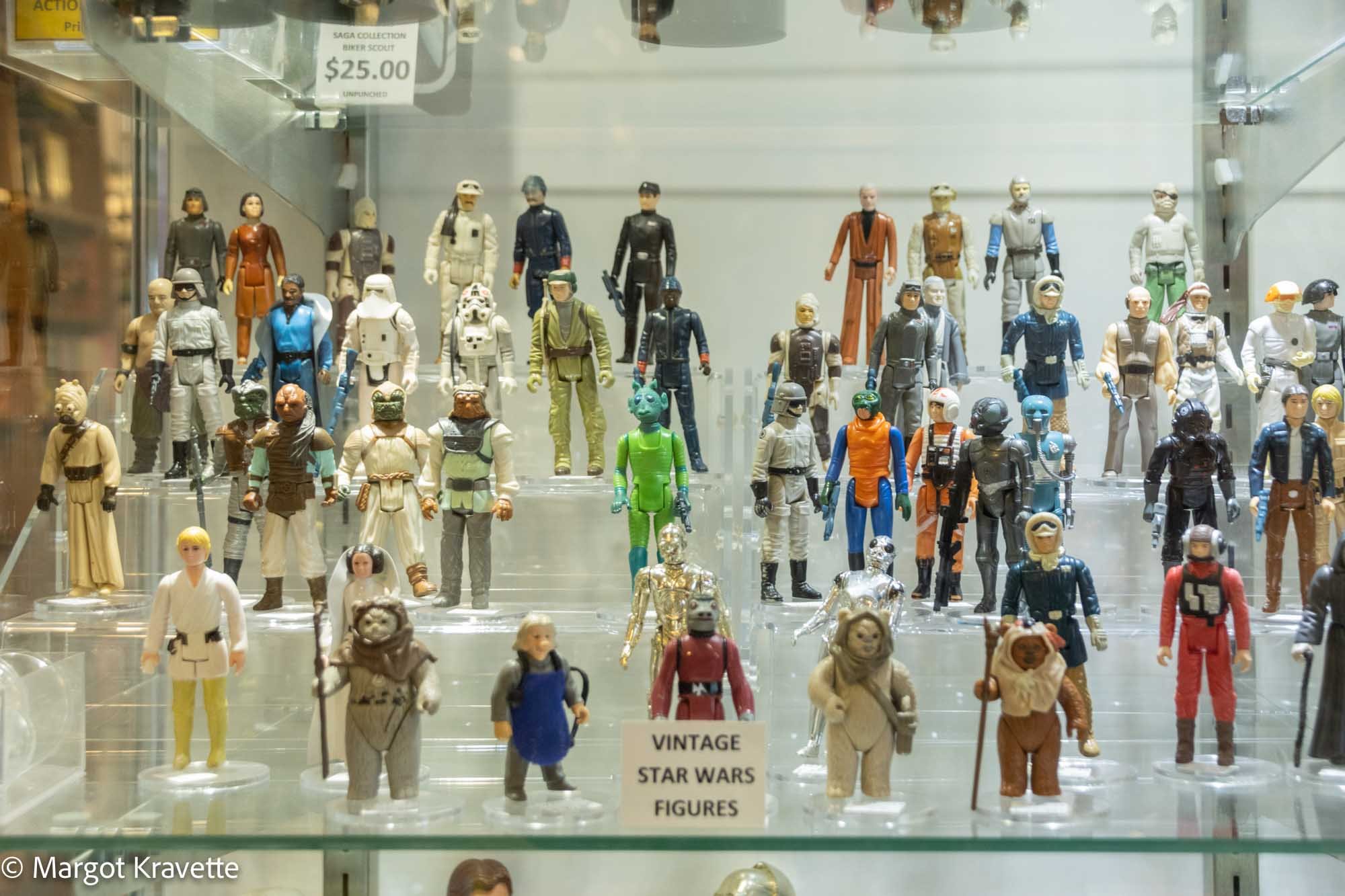Down Under in Pike Place Market
I would guess that almost all of you reading this post have been to the Pike Place Market at some time, either as a resident of or a visitor to Seattle. I would also guess that most of you have spent your time at the market flighting your way through the Main Arcade as you passed the fish markets, the produce stands, the flowers, all the way down through the crafts. Or maybe you avoided most of the crowds by walking down the middle of Pike Place and bought your dinner ingredients outside rather than in the arcade. Lastly I would guess that a small percentage of you has been “down under” - the floors below the main floor which is level 6.
On its first day of business in August, 1907, the Market opened with 8 farmers. The stalls were on a boardwalk adjacent to the 3-story Leland Hotel, a boarding house whose construction had just been completed in 1903. Because the grade was too steep to cut Pike Street through to the waterfront, the city engineer, Reginald Heber Thompson, designed a diagonal street whose southern end connected with Pike Street, and at its northern end to Western Avenue. The new street was called Pike Place. Unfortunately for the Leland Hotel, the hotel was forced to lose its eastern wall to successfully construct the new street. In order to accomplish that, the hotel was purchased by brothers Ervin and John Goodwin who ultimately played a huge role in the development of the Market. By 1907 the hotel had become one of the first buildings of the new market, as the beginning of the main arcade.
In 1911, two additional floors were constructed below the Pike Place level of the Leland Hotel, and three floors were added below the adjacent Fairley Building. The Down Under was completed in 1914 as a 240-foot long, six-story addition snaking down to Western Avenue, creating about 100 shop spaces. The Down Under is now five floors of eccentric and unique stores and businesses, with the north end of the third floor opening up to Western Avenue where even more shops are located.
These types of shops were not part of the original plan for that space. A creamery, a butcher shop, a sugar factory, a grain market, and a printing press were housed in the new additions. The two lowest levels included refrigerated storage and fruit and grain warehouse space. In 1922, the Seattle Public Library opened a branch in a former self-service grocery store next to a donut shop and above a lard-rendering plant in one of the basements. This library branch quickly became the city’s most active, although it would close down during the Great Depression. Later, the Down Under would be also home to a branch of the Post Office, the original location of DeLaurenti’s, the Liberty Malt Shop, a Goodwill, and rummage shops.
Wide corridors, creaky plank floors and thick wooden columns lead you through the maze of shops on levels five through three (the main market is on level six). Many of these retail locations are hardly the size of a postage stamp, but you could spend hours in them if your curiosity got the best of you. Enjoy the colorful murals, the occasional musicians, and don’t worry when you see a spot light that appears to be incorrectly hung in the wrong direction.
At Market Magic you could purchase parts of your magician costume and props such as the hat from which you’d pull out your rabbit. Orange Dracula, decorated in all black and orange, is like an old-time 5 &10 that caters to “those with unusual tastes”, according to their website. Think counter-culture, punk and other related styles. It even has a coin operated “world famous free range psychic chicken” which will tell your fortune. Old Seattle Paperworks invites you in to see old posters, old newspapers, old magazines, and old photo prints. It’s located right next to the Giant Shoe Museum, where for two bits and through their little window, you can see the world’s largest collection of giant shoes as well as the shoes worn by the world’s tallest man, among other shoe-related treasures.
As I walked through places like Golden Age Collectibles, I immediately knew that this and other shops would electrify the curiosity of my 17 year old grandson Joseph, who loves retro everything. There he’d find posters from old movies, bobble head dolls from movies I’d never heard of, Archie comics (remember those?) and lunch boxes featuring Elmo, Mr. Rogers and JR Patches. It’s also the place where you would find life size “standees” – cardboard replicas of actors, politicians and other famous or notorious people for only $39.99.
Down Under also has shops that may be of interest to people with “fewer unusual tastes”. The Rolling Stone’s “Let It Bleed” album is waiting for you at Holy Cow Records (for $66.99) along with hundreds of disks from every genre. There are art galleries, bookshops and restaurants. Our Fabric Stash, a fabric consignment shop with all kinds of sewing related items, On display there are several old sewing machines - the type my mother had with a large pedal that she had to pump back and forth with both feet. Merry Tails, the stuffed animal zoo and gift shop, and so much more are there for you to discover.
So next time you visit Pike Place Market and want to avoid the crowds, see beyond the fish markets, produce, craft stalls, flowers and even the first Starbucks store, either walk down the ramp on the north end of the Main Arcade, go down the stairs on the south end, or head down the alley, past the Gum Wall to the Down Under and let your imagination go wild.








